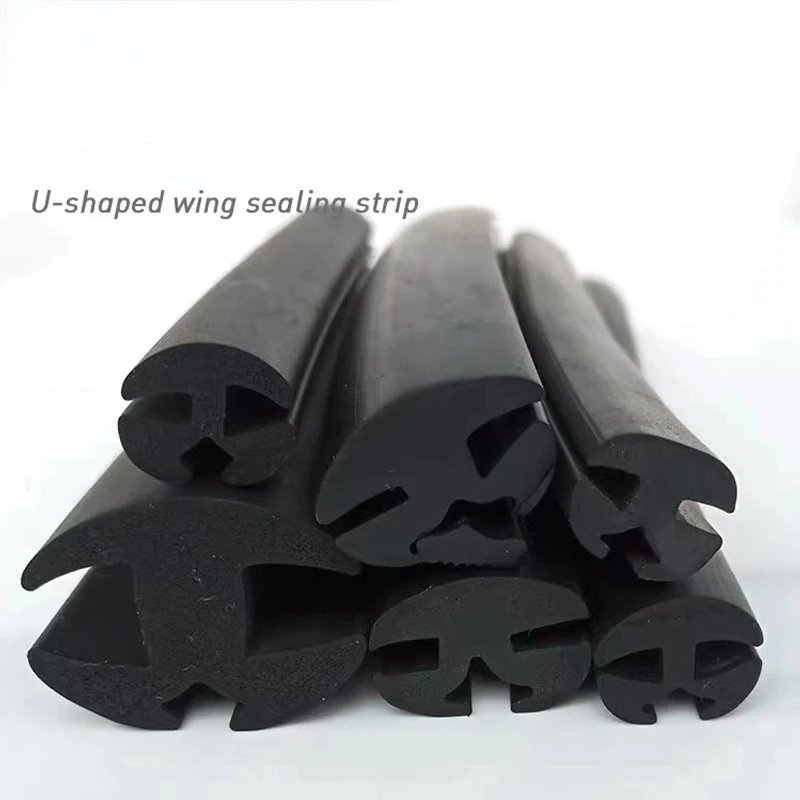jute rope preparation
The Preparation of Jute Rope A Detailed Overview
Jute, often referred to as the golden fiber, has been a significant natural resource for centuries, primarily used in the production of ropes, bags, and textiles. The preparation of jute rope is an intricate process that involves several stages, from harvesting jute stalks to spinning fibers into strong and durable ropes. This article provides a comprehensive overview of the preparation of jute rope.
Harvesting Jute
The journey of jute rope begins in the fields, where jute plants (Corchorus spp.) are cultivated. Jute is typically harvested during the rainy season, when the plants reach a height of about 10 to 12 feet. The best time to harvest is when the flowers drop off, indicating that the seeds are ripe and the fibers are mature. Farmers cut the stalks near the base, ensuring minimal damage to the roots, which allows for another crop to be planted next season.
Retting
Once harvested, the jute stalks undergo a process called retting. Retting is crucial because it loosens the fibers from the woody core of the stalk. This process can be achieved through two primary methods water retting and dew retting. In water retting, the stalks are submerged in water for several days, allowing bacteria to break down the plant tissue. In contrast, dew retting involves spreading the stalks on the ground for several days, during which moisture from the dew facilitates the breakdown process. The retting period can vary between 7 to 20 days, depending on weather conditions and the desired quality of the fiber.
Stripping and Washing
After retting, the outer bark of the jute stalks is stripped away to reveal the long, shiny fibers underneath. This stripping process is typically done manually and requires skill to avoid damaging the delicate fibers. Once the fibers are extracted, they are thoroughly washed to remove any remaining dirt, microbial elements, or residues from the retting process. Clean fibers ensure a higher quality end product and improve the durability of the rope.
jute rope preparation

Drying
The next step in the preparation of jute rope is drying the fibers. Freshly washed jute fibers contain a significant amount of moisture, which can lead to deterioration if not removed. Fibers are spread out in the sun to dry, turning occasionally to ensure uniform drying. The drying process not only prevents mold growth but also enhances the fibers' tensile strength, making them suitable for rope production.
Spinning
Once the fibers are dried, they are ready for spinning. The dry jute fibers are first carded to separate and align them, which makes the fibers easier to spin. The carded fibers are then spun into yarn using traditional hand spinning techniques or modern spinning machinery. The thickness of the yarn can vary depending on the intended use of the rope. Spinning involves twisting the fibers together to form a strong strand that maintains the integrity of the fibers during use.
Twisting into Rope
The final step in the preparation of jute rope involves twisting the spun yarns together. Ropes can be made in various diameters and lengths depending on their intended application, whether it be for agricultural use, shipping, or crafting. Various techniques, such as three-strand or four-strand twisting, result in different rope characteristics, including strength and flexibility. The finished ropes are then coiled for storage or transport.
Conclusion
The preparation of jute rope is a labor-intensive yet rewarding process that showcases the beauty and utility of natural fibers. From the humble fields where the jute plants grow to the final coiled ropes ready for various applications, each step is vital in creating strong, environmentally friendly products. As global interest in sustainable materials continues to rise, the jute industry remains a crucial player, promoting the use of natural fibers while supporting local economies. With its durability and strength, jute rope stands as a testament to the enduring value of traditional craftsmanship blended with modern techniques.
Share
-
Uses of Jute Bags | Sustainable Jute ProductsNewsAug.12,2025
-
Types of Square Files and Their Uses in Modern IndustriesNewsAug.12,2025
-
Slitting Machines Overview & TypesNewsAug.12,2025
-
Jute Rope: The Versatile Material for DIY & CraftingNewsAug.12,2025
-
How to Use Tofu Cat Litter for the Best ResultsNewsAug.12,2025
-
Car Door Seal Buying GuideNewsAug.12,2025







